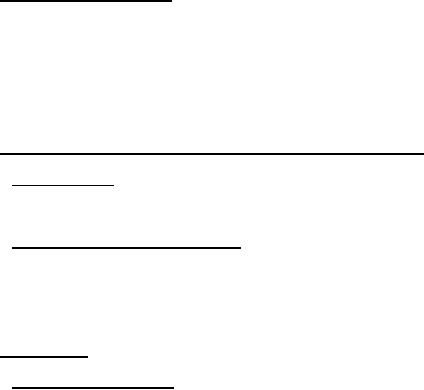 |
|||
|
|
|||
| ||||||||||
|
|  MIL-C-18312F
c. Final measurements: After the final cycle, the capacitors shall be conditioned at 25C +10C, -5C
(77F +18F, -9F) at a relative humidity of less than 80 percent and a barometric pressure between 28
and 32 inches of mercury. After a maximum of 24 hours, capacitors shall be examined for evidence of
extensive corrosion, obliteration of marking, and unwrapping or mechanical injury to insulating sleeves.
Insulation resistance (see 4.7.6), and dielectric withstanding voltage (see 4.7.3) shall be measured
between two wire windings, 1/2-inch apart, each winding consisting of three close turns of 0.040 inch (18
AWG) bare copper wire, placed around the sleeve of capacitors having insulating sleeves. In addition, all
capacitors shall be subjected to the capacitance, dissipation factor, insulation resistance of 25C 3C,
and the dielectric withstanding voltage tests. The insulating sleeves of capacitors having insulating
sleeves shall be removed for these tests.
d. Loading (polarization): During steps 1 to 6 inclusive, a dc potential of 100 volts or rated voltage, whichever
is lower, shall be applied across the terminals of 50 percent of the capacitors. No potential shall be
applied to the remaining 50 percent of the capacitors.
e. Visual examination: After this test, capacitors shall be visually examined for corrosion and obliteration of
marking.
4.7.14 Terminal strength (see 3.17). Capacitors shall be tested in accordance with method 211 of MIL-STD-202.
The following details and conditions shall apply:
a. Axial wire lead terminals: Test condition letters A and D (pull test and twist test, respectively). Applied
force: Condition A, 4-1/2 pounds. Capacitor clamped by one lead and pull test load applied to the other
lead. (One pull only.)
b. Terminals other than axial wire leads: Test condition letters A and E (pull test and torque test,
respectively). Applied force: Condition A, 2 pounds; condition E, 2 pound-inches.
4.7.15 Low temperature and capacitance change with temperature (see 3.18).
4.7.15.1 Low temperature. Capacitors shall be placed in a chamber maintained at -55C +0C, -3C, and a
potential equal to the dc voltage rating shall be applied at this condition for 48 4 hours. The air within the
conditioning chamber shall be circulated.
4.7.15.2 Capacitance change with temperature. At the conclusion of the test specified in 4.7.15.1, capacitance
measurements shall be made as specified in 4.7.4, except that measurements shall be made at -55C +0C, -3C,
25C 3C, the high ambient test temperature, and 25C 3C. The -55C measurement at each temperature shall
be recorded when two successive readings taken at 5 minute intervals indicate no change in capacitance.
Capacitors shall then be visually examined for evidence of breakdown, arcing, open-circuiting and short-circuiting,
and other visible mechanical damage.
4.7.16 Life (see 3.19).
4.7.16.1 For qualification inspection. The capacitors shall be subjected for 1,000 +8/-0 hours at the applicable
high test temperature and the applicable specified dc voltage (see 3.1). During life testing, capacitors shall be
separated by a distance of not less than 1 inch. Adequate circulation shall be provided to prevent the temperature
within 6 inches of a capacitor from departing more than 3C from the nominal ambient temperature of the chamber.
Radiation shall not be used as a means of heating the chamber. The voltage shall be applied to each capacitor
through its individual current limiting resistor as determined from the formula:
R = 0.025/C
Where: C is the nominal capacitance in farads.
R is resistance in ohms and is to be within 10 percent of calculated value;
however, R need not exceed 2 megohms.
NOTE: The actual current-limiting resistor employed shall have a resistance value within
10 percent of the calculated value (R); however, R need not exceed 2 megohms.
16
|
|
Privacy Statement - Press Release - Copyright Information. - Contact Us |